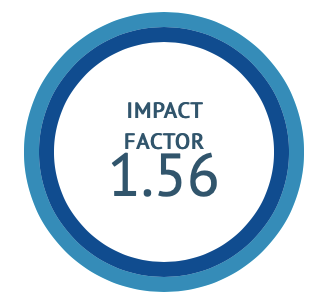A single-arm clinical study to evaluate the efficacy of Chirbilva Ghana Vati in the management of Hyperlipidaemia
DOI:
https://doi.org/10.47552/ijam.v16i2.5687Keywords:
Chirabilva Ghanavati, Santarpana janaya vyadhi, Cholesterol, Aptarpana chikitsa, HyperlipidaemiaAbstract
Hyperlipidaemia, characterized by elevated blood lipid levels, is a major cause of coronary heart disease and atherosclerosis. In India, dyslipidaemia affects 25-30% of urban and 15-20% of rural populations, with familial hypercholesterolemia prevalent in 1:125 to 1:450 individuals in urban areas. In Ayurveda, hyperlipidaemia is linked to conditions like Rasagata Sneha Vriddhi (increase in fat in the circulation), Rasa Raktagata Sneha Vriddhi (increase in fat in the blood), and Medovriddhi (increase in fat tissue), attributed to sedentary lifestyles and Kapha-aggravating diets. This leads to excess Medas (fat) that block nutrient channels, a condition similar to modern hyperlipidaemia. Objective: The study aimed to reduce lipid accumulation through Rukshana Chikitsa (drying therapy). Chirbilva, known for its Ruksha (dry) and Laghu (light) properties and Kapha-Medohara (fat-reducing) action, was selected for managing Kapha-dominant lipid disorders such as hyperlipidaemia. Material and methods: The study, conducted at Dr. D.Y. Patil College of Ayurveda and Research Centre, Pune, the study included 30 patients with hyperlipidaemia. Chirbilva Ghana Vati was administered as per classical Ayurvedic guidelines. Lipid profile scores were evaluated pre- and post-treatment using criteria based on the American Journal of Lifestyle Medicine, with statistical analysis set at p < 0.05. Result: Chirbilva Ghana Vati showed significant reductions in serum cholesterol and LDL levels, indicating moderate efficacy. However, changes in HDL and triglyceride levels were not statistically significant. Conclusion: Chirbilva Ghana Vati demonstrates moderate effectiveness in managing hyperlipidaemia. For enhanced and sustained results, longer treatment duration along with appropriate dietary and lifestyle modifications is recommended.
Downloads
Published
How to Cite
Issue
Section
License
Copyright (c) 2025 International Journal of Ayurvedic Medicine

This work is licensed under a Creative Commons Attribution-NonCommercial-ShareAlike 4.0 International License.
The author hereby transfers, assigns, or conveys all copyright ownership to the International Journal of Ayurvedic Medicine (IJAM). By this transfer, the article becomes the property of the IJAM and may not be published elsewhere without written permission from the IJAM.
This transfer of copyright also implies transfer of rights for printed, electronic, microfilm, and facsimile publication. No royalty or other monetary compensation will be received for transferring the copyright of the article to the IJAM.
The IJAM, in turn, grants each author the right to republish the article in any book for which he or she is the author or editor, without paying royalties to the IJAM, subject to the express conditions that (a) the author notify IJAM in advance in writing of this republication and (b) a credit line attributes the original publication to IJAM.




